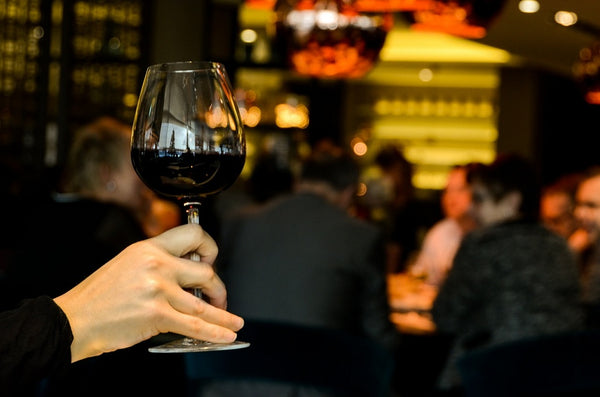
Michelin guides have been published for over one hundred years, and are considered the premier indicator of restaurant quality to the public. Differing from services such as Zagat and Yelp which rely on guest feedback, Michelin employs full time, professional reviewers.
Michelin wines are the fine wines served in Michelin restaurants, highly regarded as some of the world's best.
The star rating of a restaurant has enormous effects on its success. Gaining a star (or being added to the list) is a highly celebrated occasion which sees an influx of guests, while losing a star can be disastrous. As French chef Paul Bocuse, a king of nouvelle cuisine stated, “Michelin is the only guide that counts.”
What Are Michelin Stars?
A huge majority of restaurants receive no stars at all (approximately 95% of those reviewed), among which even well-known and reputable ones. If a restaurant is lucky (and excellent) enough to be included in the official Michelin list, it will be rated on a scale from one to three stars.One star indicates a very good restaurant recommended in its category, with dishes prepared to a consistently high standard. Two stars are for restaurants with excellent, skilfully and carefully crafted dishes (as well as served beverages) of outstanding quality.
Three stars are extremely rare and reserved for restaurants worthy of a special journey, with exceptional, superb dishes that are precisely executed with only the most rare and outstanding ingredients.
Michelin Wines
The Michelin-starred restaurants are also highly regarded for their offer of some of the finest wines, with the uniting principle being quality. Most boast extensive, detailed offerings, with several of the best vintages of each wine available for the discerning consumer.Restaurant Daniel from New York (two Michelin stars), for example, has an extensive 44 page wine list, including of the Domaine Armand Rousseau variety – one of the most revered wine estates from the Burgundy wine region.
The Ledbury from London (two Michelin stars) is another example with its own lengthy list, at 40 pages. Château Lynch-Bages and Chateau Pavie are some of our favourite wines on the menu, among many other highly regarded vintages.
Tom Aikens (who at 26 was the youngest British chef to ever be awarded 2 stars), on the other hand, bucks the trend and prefers a more concise and carefully curated list. He even offers a special Biodynamic wine on his short 2-page list.
For champagne, most Michelin stared restaurants will have on offer Moet & Chandon Dom Perignon, as well as the legendary Champagne Cristal.
London's Michelin "Bring Your Own" Wines
A few years ago, over 50 Michelin-starred restaurants joined the Bring Your Own (BYO) Wine Group, beginning to allow members to bring their favourite wines to their favourite restaurants at no charge (or at maximum a modest corkage fee).Diners benefit from Bring Your Own, as they can avoid confusion caused by overly long wine lists – instead focusing their attention on the food menu. Enjoying a much-beloved wine brought from home that you already tasted and know you like has greatly enhanced the dining experience.
Buying Michelin Wines
If you’d like to take advantage of the increasingly popular “Bring Your Own” initiative in London, or if you'd simply prefer to enjoy fine wine at home, please take a moment to check our fine wine shop.There we have featured a collection of the world’s best fine wines and champagnes – all ready to be delivered right to your doorstep.
Additionally, if you have any fine wine related questions or queries, please feel free to contact our experts. We always respond promptly, and will be glad to help!
Image source: Skitterphoto
